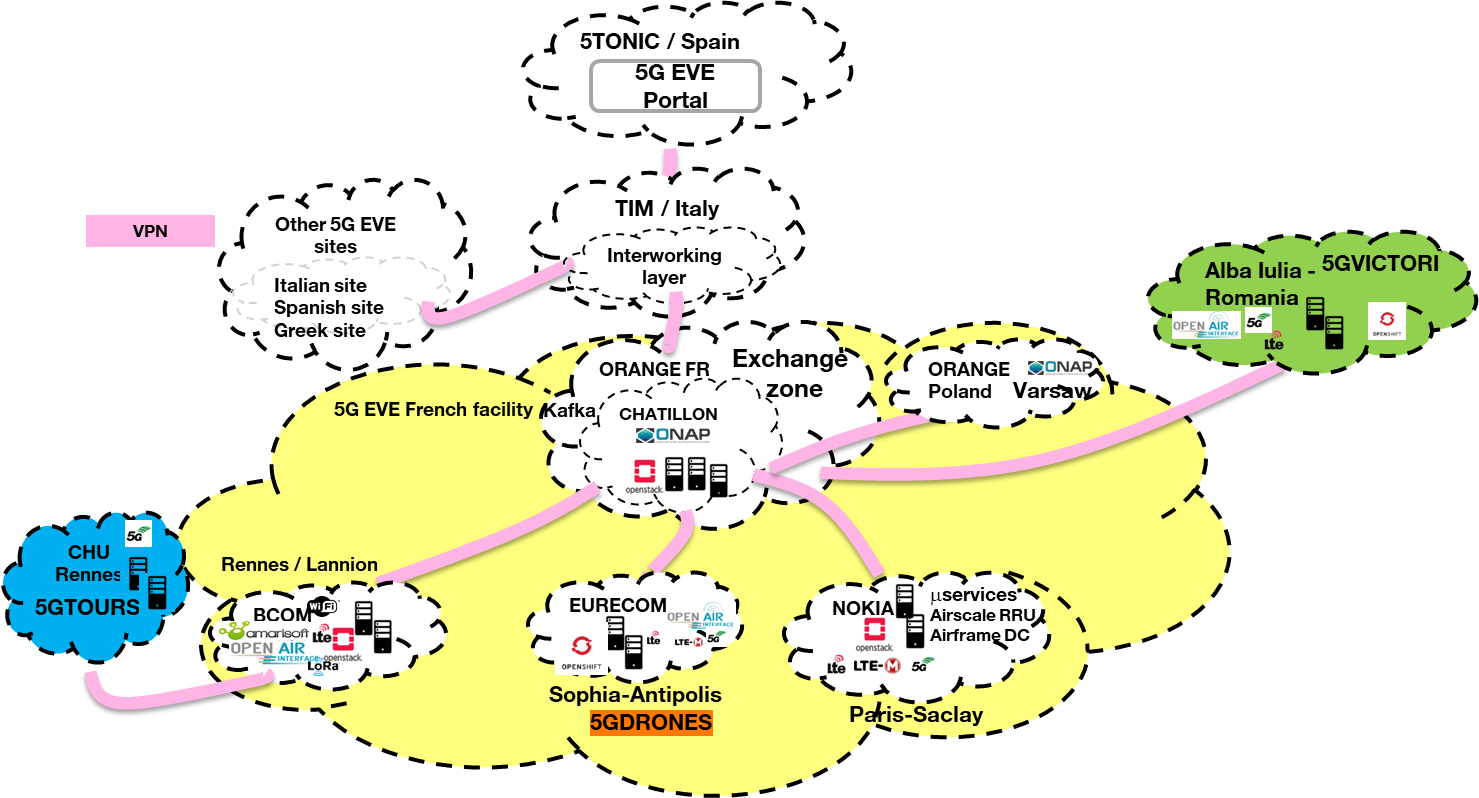

It is now time to virtualize all real-world hardware elements, not just computers inside of data centers. It turns out, that was just the beginning. Virtualized representations of compute, storage, and networking hardware is exactly what we had to invent over the past two decades to arrive at public cloud and utility computing.
#Project eve platform software#
To put it another way: we have to allow software to work with virtualized representations of the hardware elements. On top of that, we have to make sure that software representation of those hardware elements is flexible enough to allow for a rapid software iteration cycle and safe experimentation. First of all, we have to make hardware itself flexible enough by providing easy-to-orchestrate hardware capabilities. The benefits of “smart physical products” to consumers and business alike are enormous, so how can we start building more of them as quickly as possible? The answer is two-fold.

You don’t have to wait many years for a big-bang arrival of a self-driving car - you can buy a “smart car” today and let it become a self-driving one over time.

As you can see, your “self-driving car adoption cycle” is very different from what your great-grandparents’ “gas engine adoption cycle” used to be. The software then orchestrates those building blocks into increasingly valuable features so that, five years and a dozen software updates later, you have a much more valuable, partially self-driving car. The physical device itself, of course, has to be there and it has to provide a certain amount of hardware “building blocks” (frame, seats, steering wheel, etc.). All of these frictions slowed down the development of new technologies and extended the time until a product was cost-effective for businesses to adopt.”Ĭontrast that description with what happens today when you buy a Tesla car. Each time a marginal improvement was made to one of these pieces of hardware, it required that the earlier process be repeated, with the attendant cost and social friction that slowed down adoption of each new tweak. For these previous tectonic shifts in technology, “…physical products had to be invented, prototyped, built, sold and shipped to end users. He observes that prior industrial revolutions were significantly slowed down by the generic hardware R&D and adoption cycle. I first came across this idea while reading Kai-Fu Lee’s AI Superpowers.
#Project eve platform upgrade#
Being able to upgrade without swapping out hardware is a big advantage in the connected world of IoT. Now, smart devices can increase in value rather than being depreciating assets. The advantage of “smart” devices - which can receive new and updated software automatically through network connections - is that their functionality can be adjusted, made more secure, and improved over time. So, why all the recent excitement about hardware becoming “software-defined”? Are we just iterating on decades-old ideas, or are we truly talking about a significant shift in capabilities? I believe it is the latter. What started as a generic, fixed-function piece of hardware in the ’80s became a powerful mobile computing platform the moment we started putting software in the driver’s seat.
#Project eve platform android#
An Android phone is a great example of that. Of course, making generic hardware more valuable with software is nothing new. Whether you believe in “Software Eating the World,” Digital Transformation, Industry 4.0, or an impending AI Revolution, you must agree that we are living in a world inhabited by “smart physical objects.” The behavior of our doorbells, cars, and oil refineries is now dictated by the software that drives these devices.


 0 kommentar(er)
0 kommentar(er)
